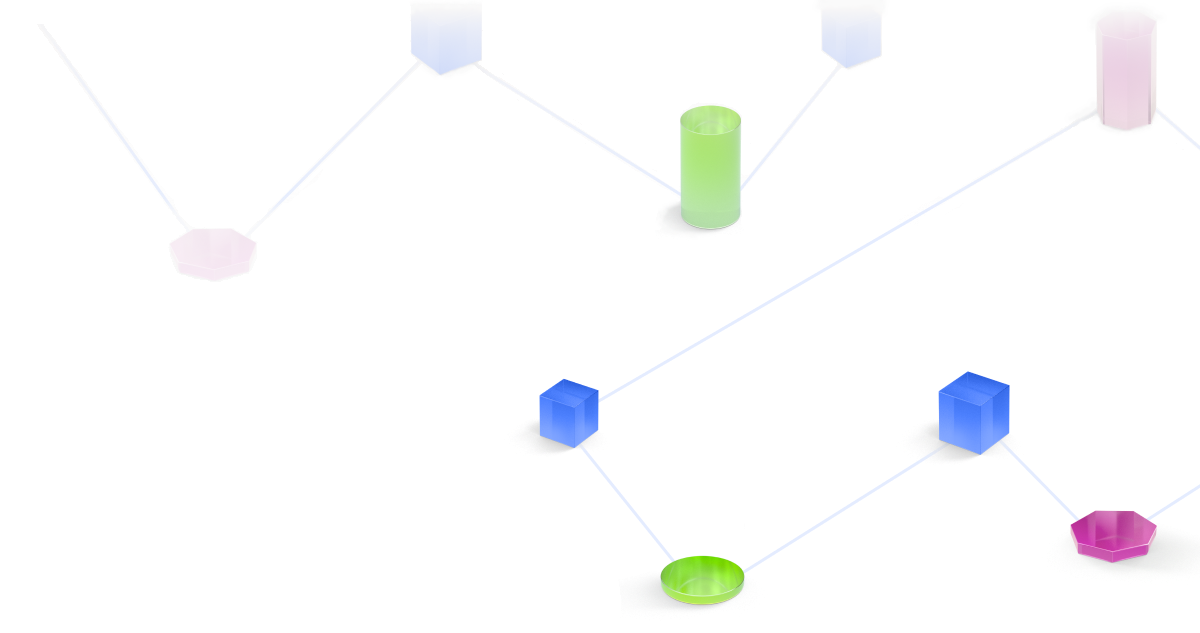Enhance Your Trading Strategy with Stop Loss and Take Profit Orders: A Step-by-Step Guide

Successful traders are strategic traders, which means creating a trading plan and having the discipline to follow it. Your plan sets out the instruments you will trade and your entry and exit points and includes risk management. Learn how to effectively use stop-loss and take-profit orders to limit losses and manage risk in your trades. Take a closer look at what stop-loss and take-profit orders are and why they are essential for successful trading.
Kips explains: What is Stop Loss?
A stop loss (SL) order is a risk management tool you can use when trading to limit your losses if the price moves in the opposite direction than you had anticipated. In short, a stop-loss order enables you to stop a losing position at a predetermined price automatically.
How to use Stop Loss
Stop loss orders can be especially beneficial in a substantial price movement against your trades. In a long position where you buy an instrument, you would set a stop loss below the current market price. In a short position where you sell an instrument, you would set a stop loss above the instrument’s current price.
For example, you might consider buying shares of SPP.JO, after reading their latest published earnings reports and thinks that the company has excellent potential to grow in the near term. Let’s assume that the SPP.JO share is trading at 50 rands per share. You buy 80 shares at 50 rands per share, placing 4000 rands on the trade because you believe its price is about to increase to 80 rands per share. Hence, if you are not willing to lose more than 800 rands of your initial balance on the trade, you would pre-apply a stop loss sell order, just in case the price moves in the opposite direction.
The SL order can be set at 40 rands per share, which will effectively limit your risk to a maximum loss of 10 rands per share, or precisely 800 rands loss on your entire position. This means that if the share price falls to or below 40 rands per share, then your SL order will be automatically triggered, closing out your trade.
Why use Stop Loss
As noted above, a stop loss order can help you limit risk exposure and act as a safety mechanism. This is to protect your account from losses beyond your risk tolerance. Stop loss limits can keep you from trading emotionally and letting your losses run indefinitely in the hopes of a reversal.
The financial markets are frequently volatile, and it’s recommended that you keep your trading moderated with stop loss. In a rapidly moving market, a stop loss order might not be filled at your specified stop price level but will usually be filled at the very close/next available price. The difference between your expected stop loss closing price and the actual price at which the stop price was executed is called slippage.
This popular trading tool also enables you to avoid impulsive trading, closing losing positions or winning trades too soon due to temporary price retracements. Your trading strategy is predetermined and gives you time to plan your trades well. Stop loss orders also minimise the possibility of holding onto specific positions for far too long at the expense of your remaining account balance.
Improve your performance with Klips’ trading tools. Start Trading now>>
What is a Trailing Stop Loss?
A trailing stop is a type of stop loss that secures profits as long as the market moves in the direction of your trade and automatically closes the trade if the market moves against the trade. It is set with a specified distance from the market price, measured as several points or pips.
Once the market moves in your favour with the number of points or pips specified, the trailing stop order is activated by placing the stop loss at the opening price (break-even) of the order. It will follow the market price within the specified points or pips and only close the order if the market moves backwards with the number of points or pips the trailing stop was maintaining.
Let’s look at an example to help illustrate a trailing stop loss. Let’s assume you bought TONGAAT HULLET shares at 50 rands per share; you would need to have a protective stop loss while keeping the trade running.
Rather than set a specific stop loss order at a specific price, you might apply a trailing stop loss at 10 rands or 10 points. If the price gets to 60 rands per share, the trailing stop loss is activated at 50 rands per share (break-even). The trailing stop loss will follow the price maintaining a 10 rands or 10 points distance from the current market price. If the share price continues to rally to 80 rands per share, the trailing stop loss will also be trailing at 70 rands per share. The position will only be closed if the share price drops by 10 rands toward the trailing stop loss at 70 rands. You would have made a profit of 20 rands per share on the trade.
What is a Take Profit order?
A take-profit order operates similarly to a stop loss order. In a sense, it is the opposite of a stop loss order. Take-profit orders are triggered when the instrument’s price reaches a specified price. Once triggered, it automatically closes the open position on behalf of the trader.
Let’s go back to our example above. Your price target was to close the position at 80 rands per share. If the position panned out as anticipated on the TONGAAT HULLET share price, your position would close once the price reaches 80 rands per share, and you will have made a profit of 30 rands per share, making 2400 rands on the trade.
The advantage of a take-profit order is that it helps you lock in your profit should the markets reverse. It means you don’t have to sit in front of your trading platform constantly monitoring your trades. Taking profit orders helps you stick to your trading plan. If you are seeking a specific profit level, the order automatically executes it without the risk of holding onto a trade for too long.
So, is using stop loss necessary?
Part of a successful trading strategy is learning to manage your portfolio amid different market movements and events and understanding the factor of exposure you set for your favourite derivative instruments. Exit orders like stop loss are recommended to be in your strategy.
Learn the terms
Stop loss order – A risk management tool you can use when trading to limit dipping positions
Take profit order – The opposite of stop loss, a take profit order closes the trade once it reaches a predetermined level when the trade is in profit.

Trade with best tools
This information is written by Klips. The information is provided for general purposes only and does not consider any personal circumstances or objectives. Before acting on this material, you should consider whether it is suitable for your circumstances and, if necessary, seek professional advice. No representation or warranty is given as to the accuracy or completeness of this information. It does not constitute financial, investment or other advice on which you can rely. Any references to past performance, historical returns, future projections, and statistical forecasts are no guarantee of future returns or future performance. Klips will not be held responsible for any use that may be made of this information and for any consequences that may result from such use. Hence, any person relying on the information on this page does it at their own risk.
Learn more, understand the markets
Learn

Top AI Companies to Watch: A Deeper Dive
ByAndreea
 3 min.
3 min.Learn

Charting Your Course to Trading Success with Klips
ByAndreea
 3 min.
3 min.Learn

Navigating the ECB’s Monetary Policy with Klips: Empowering Your Trading Strategy
ByAndreea
 3 min.
3 min.Learn

Harness the Power of Dollar-Cost Averaging on Klips Trading Platform Amidst a Bear Market
ByAndreea
 3 min.
3 min.Learn

Blockchain: The Future of Finance?
ByAndreea
 5 min.
5 min.Learn

AMC stock price – What Influences it the most
ByAdmin
 5 min.
5 min.Learn

What are trading signals?
ByAdmin

Trading

3 popular candlestick patterns for forex trading strategy
ByAdmin
 4 min.
4 min.Trading

Learn how simple forex trading is in South Africa
ByAdmin
 5 min.
5 min.Trading

The Warren Buffet of India: Find Out How Rakesh Jhunjhunwala Built His Fortune
ByAdmin
 7 min.
7 min.



